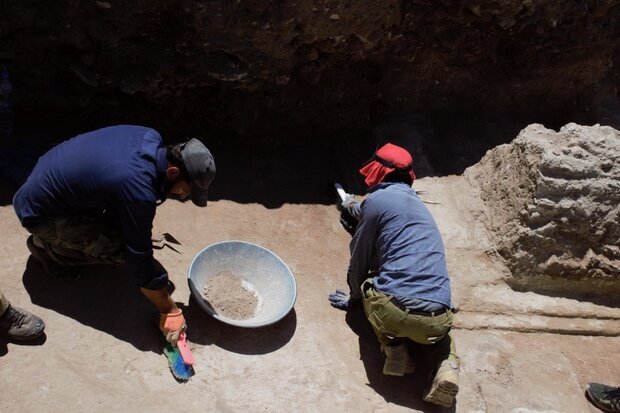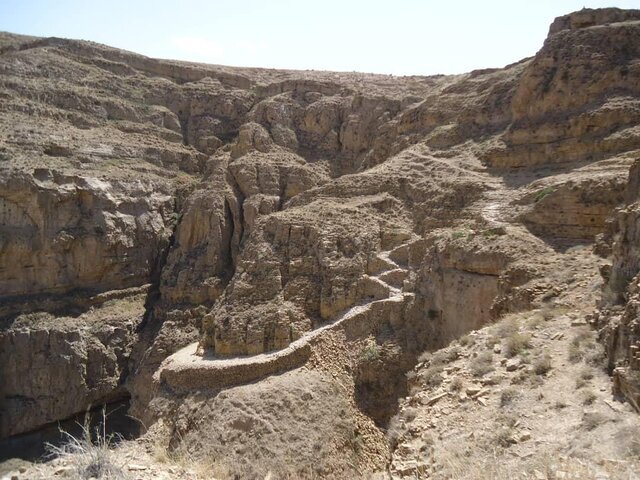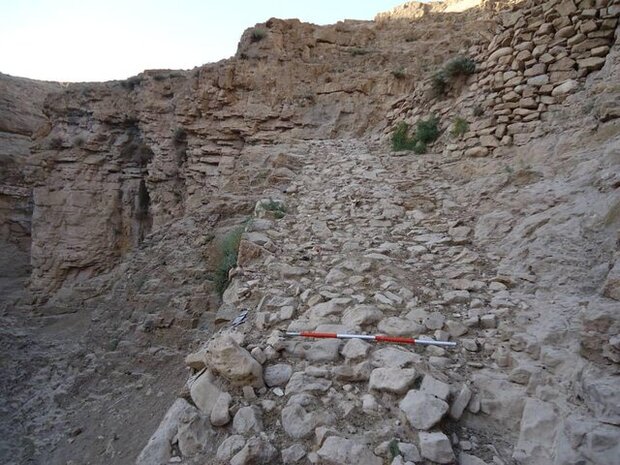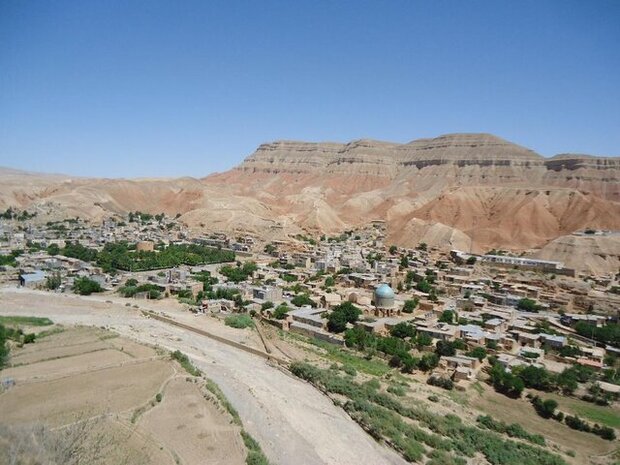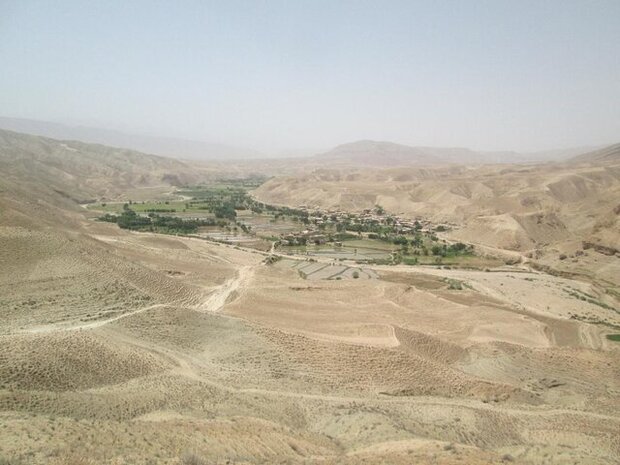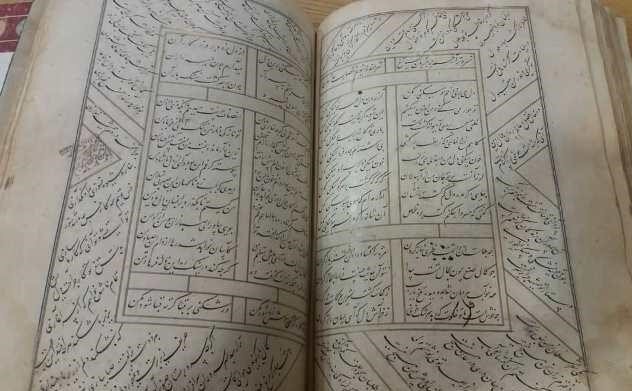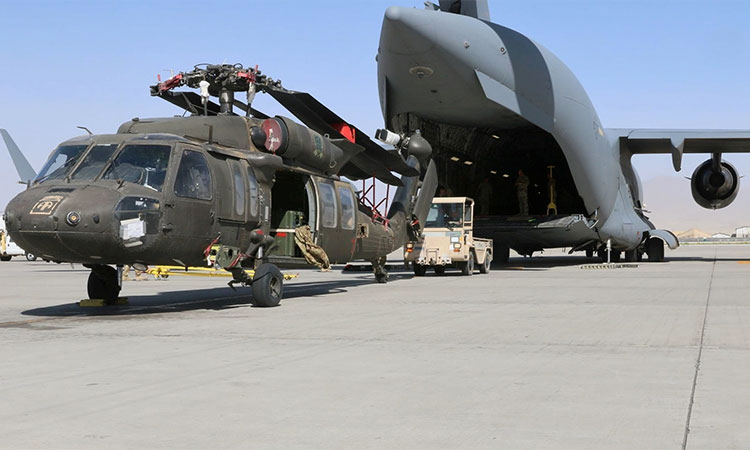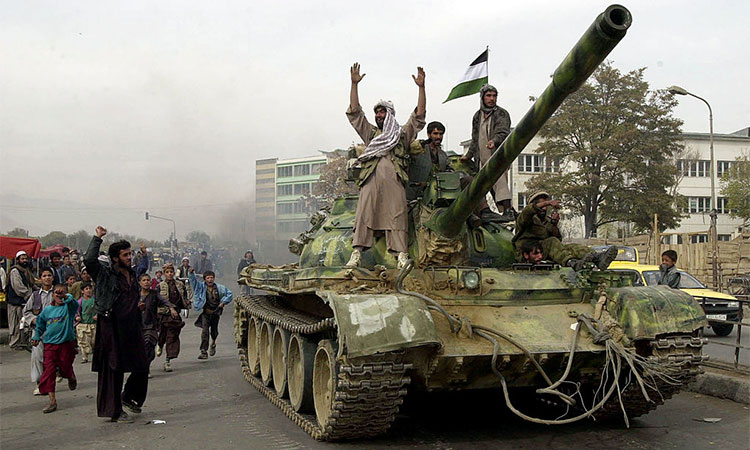IRAN
1.8m jobs created by 97,000 active cooperatives

TEHRAN – Some 97,000 cooperatives are active across the country, which have created more than 1.8 million direct jobs, Minister of Cooperatives, Labor, and Social Welfare, Mohammad Shariatmadari, said in a message on the occasion of World Cooperatives Day 2021.
The United Nations International Day of Cooperatives is celebrated annually on the first Saturday of July. The aim of this celebration is to increase awareness about cooperatives, highlight the complementary goals and objectives of the United Nations and the international cooperative movement.
In 1992, following a concerted lobbying effort by the cooperative members of the International Co-operative Alliance (ICA) and COPAC members, the United Nations General Assembly proclaimed the International Day of Cooperatives by the UN by resolution 47/90 of December 16, 1992.
This year, the International Day of Cooperatives is celebrated on July 3 as “Rebuild better together”.
In the world, 280 million jobs have been created by cooperatives and in our country, there are more than 97,000 active cooperatives that have created more than 1.8 million direct jobs, Shariatmadari stated.
He went on to note that fortunately, in Iran, after the creation of a comprehensive smart system for the cooperative sector, unique and laudable measures have been taken to create e-government and increasing transparency in cooperatives.
Speed and accuracy in the processes of creating and registering cooperatives and smart monitoring of the processes are among the characteristics of this system, which has been welcomed by all key actors in the field of cooperatives, he emphasized.
“Development of creativity and innovation system in cooperative businesses through the establishment of innovation centers and development of cooperatives, forming cooperative think tanks as facilitators between members of the country's cooperative sector, and also paving the way for the transformation of ideas into products are among the new functions of cooperatives.
Supporting the activities of emerging knowledge-based cooperatives and developing new types of cooperatives are the other measures taken,” he further explained.
Elsewhere in his remarks, he pointed to the readiness of cooperatives to take over the smart system of distributing goods and services with the approach of eliminating unnecessary intermediaries in order to reduce the cost of goods and services, adding that establishing a direct relationship between producers and consumers is another feature of cooperatives in the country.
How cooperatives work
Cooperatives have been acknowledged as associations and enterprises through which citizens can effectively improve their lives while contributing to the economic, social, cultural, and political advancement of their community and nation.
Cooperatives also foster external equality. As they are community-based, they are committed to the sustainable development of their communities - environmentally, socially, and economically. This commitment can be seen in their support for community activities, local sourcing of supplies to benefit the local economy, and in decision-making that considers the impact on their communities.
Despite their local community focus, co-operatives also aspire to bring the benefits of their economic and social model to all people in the world.
FB/MG
